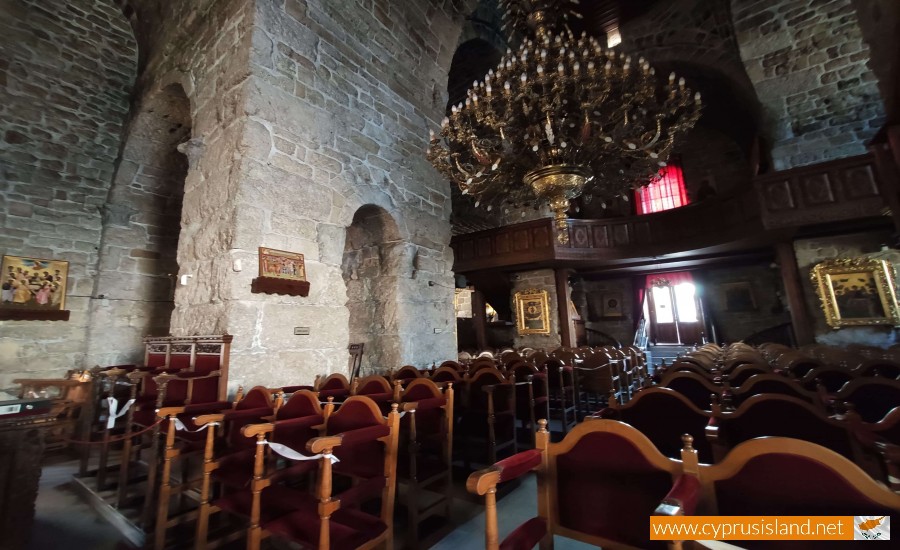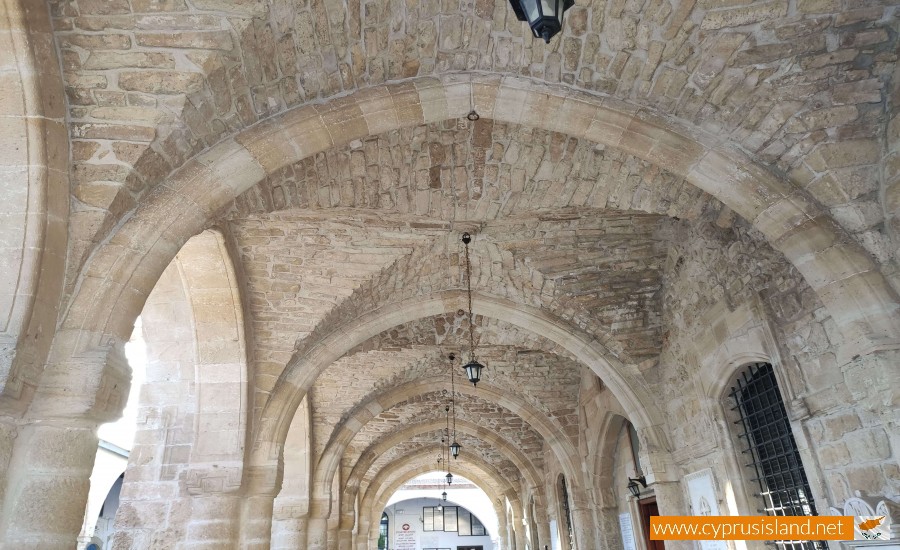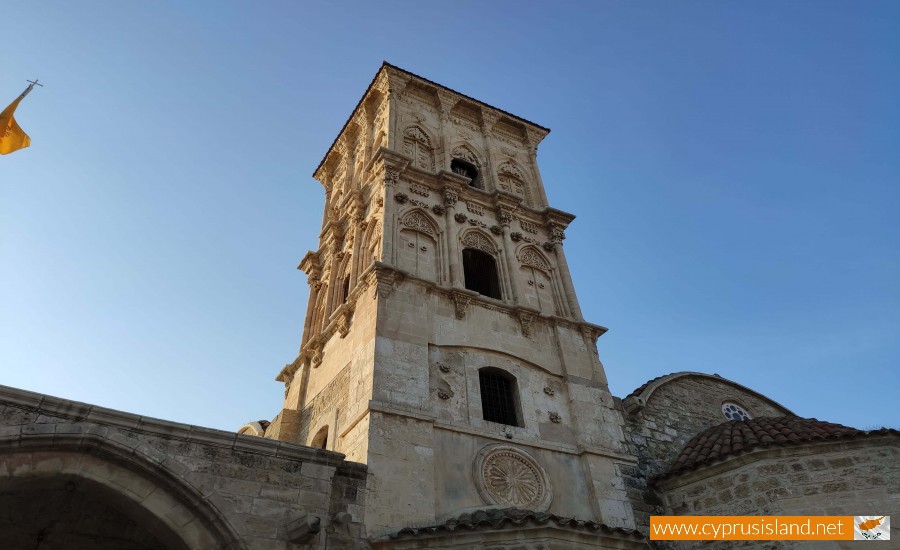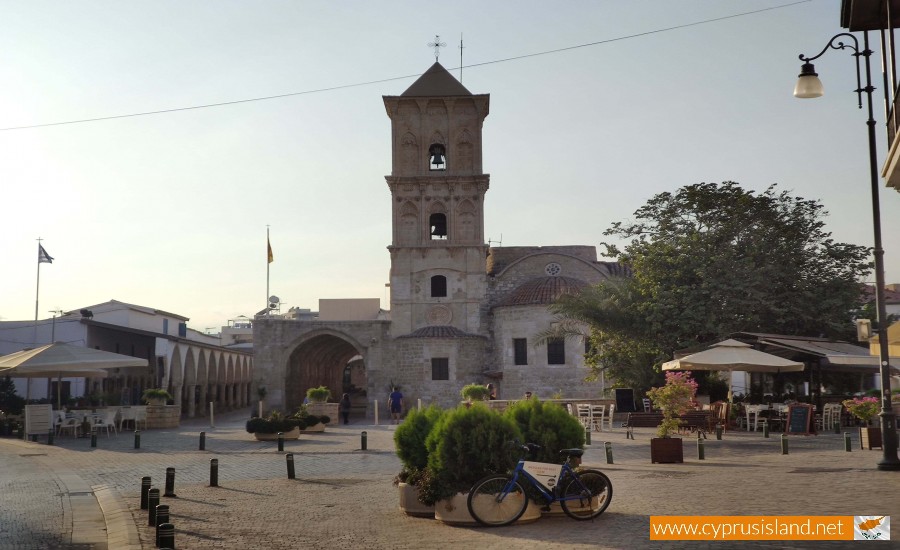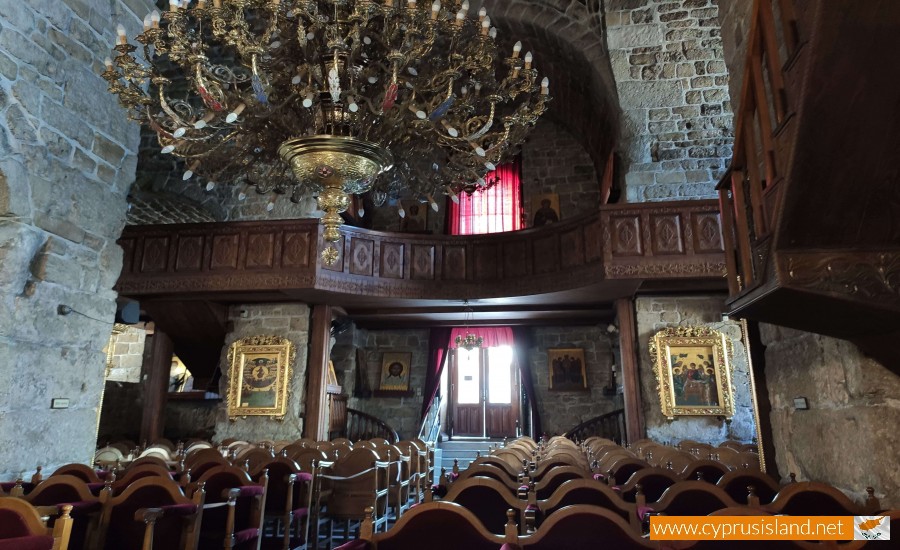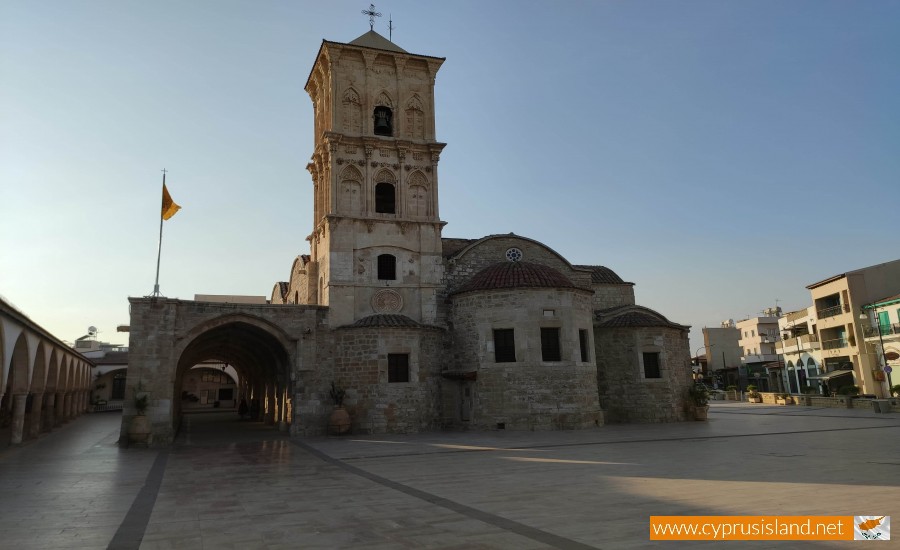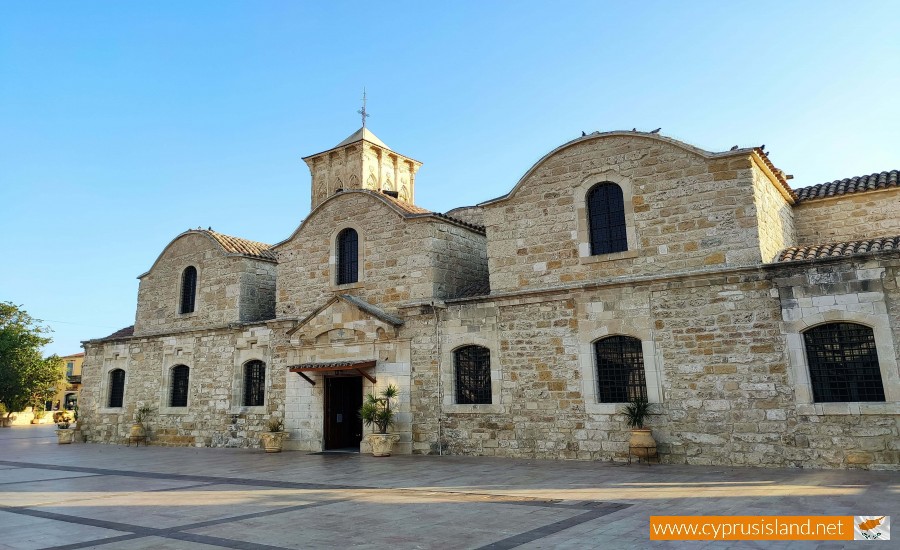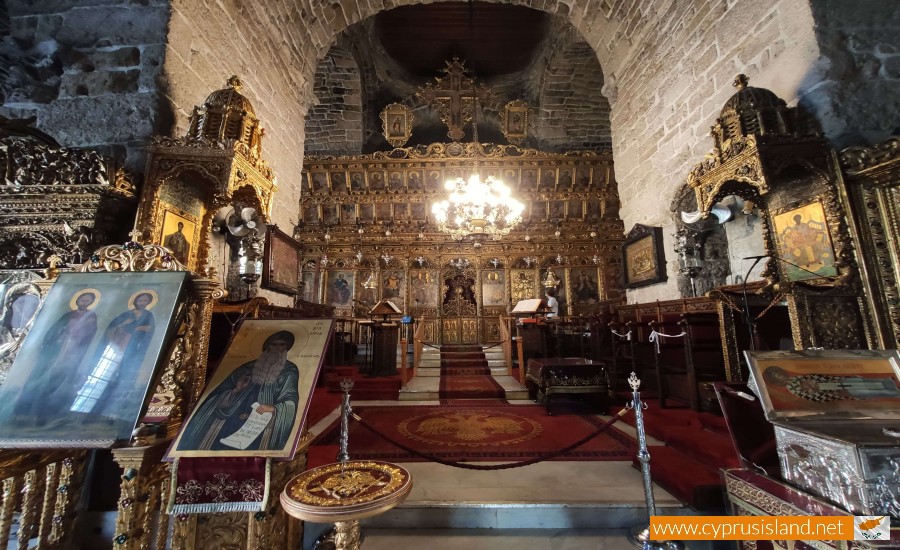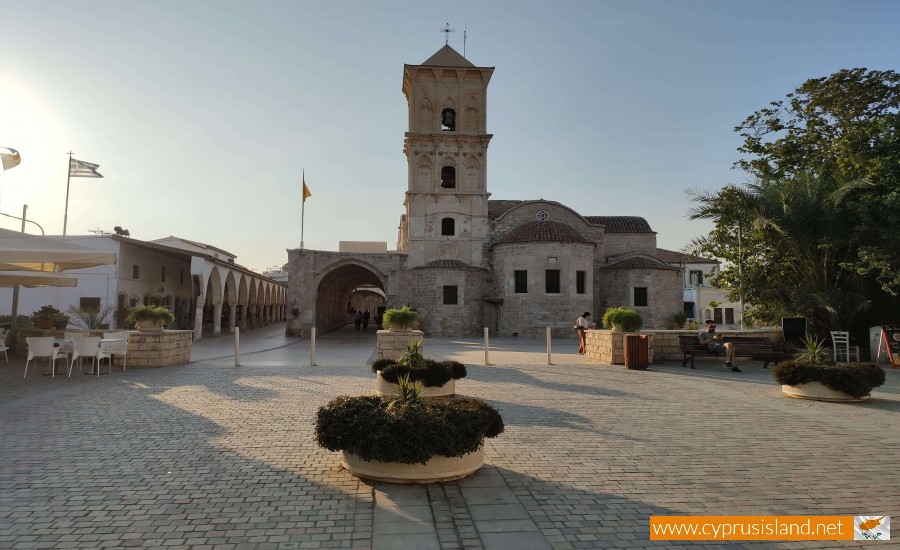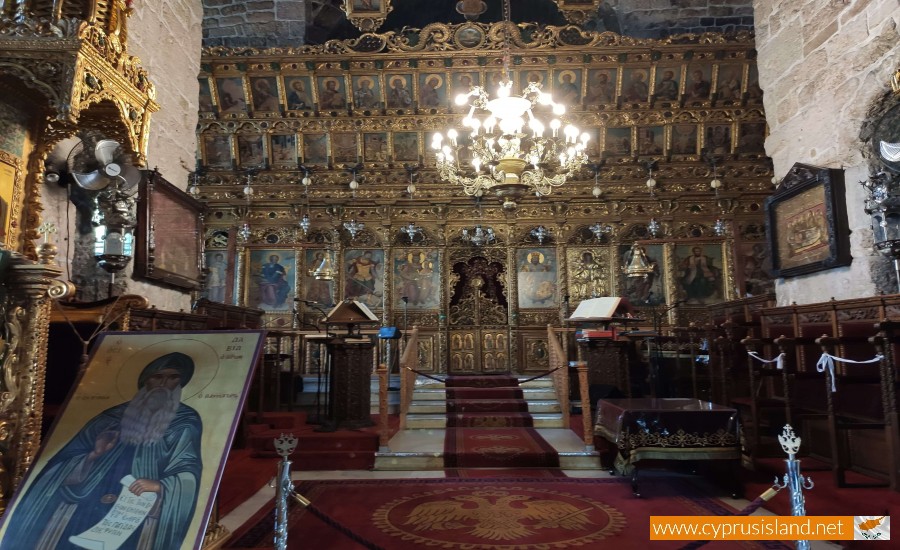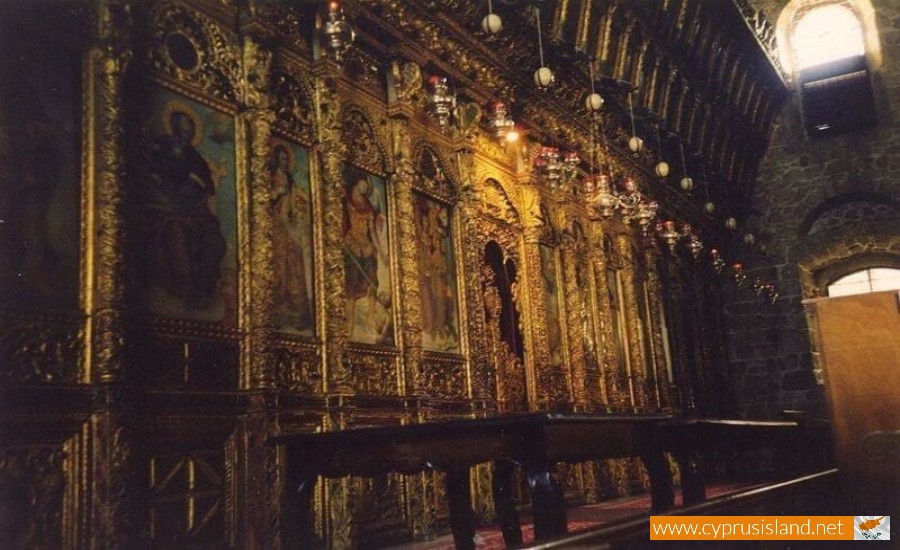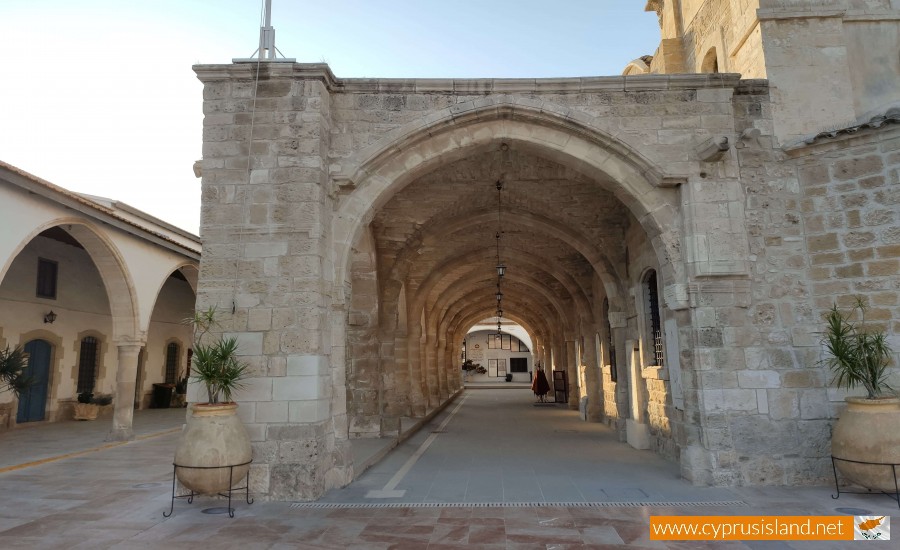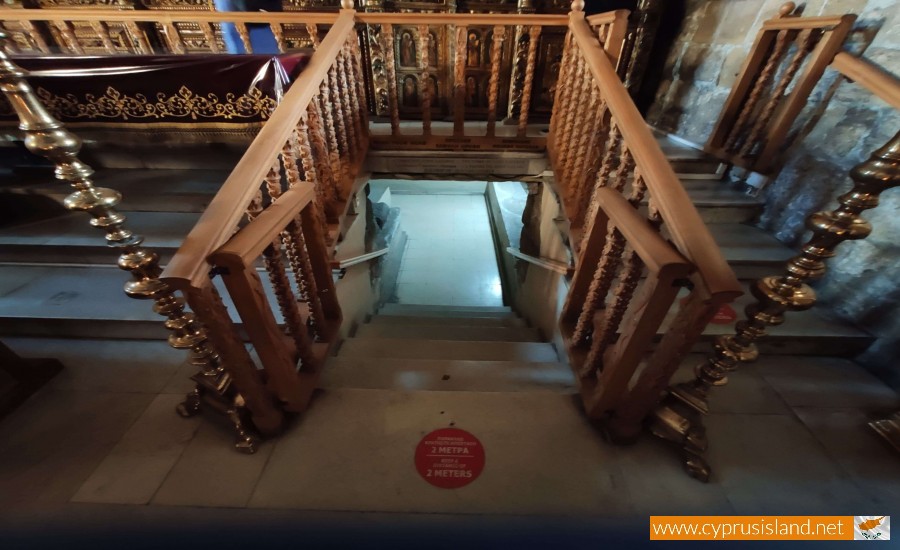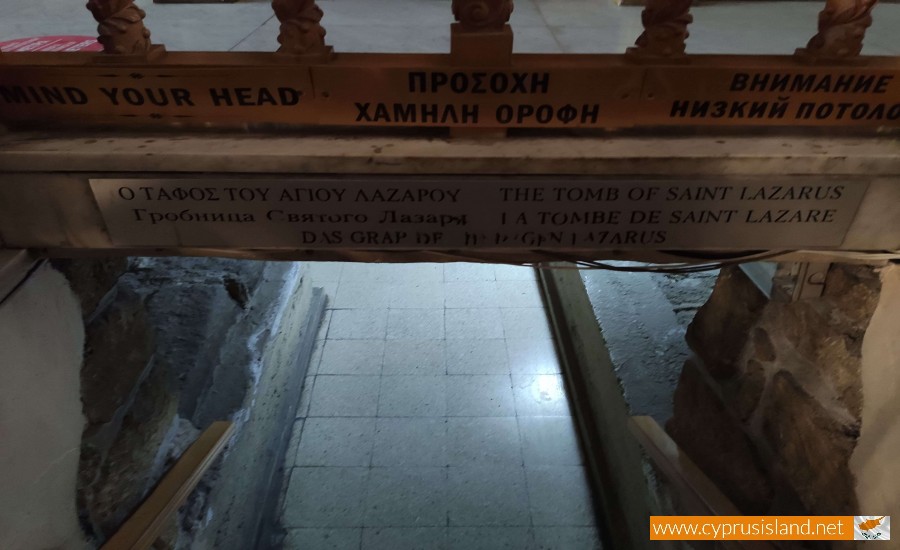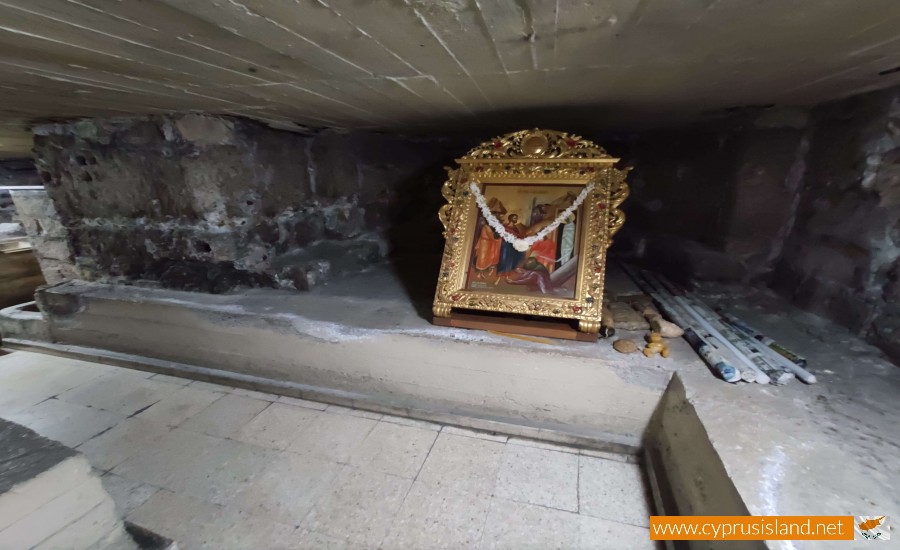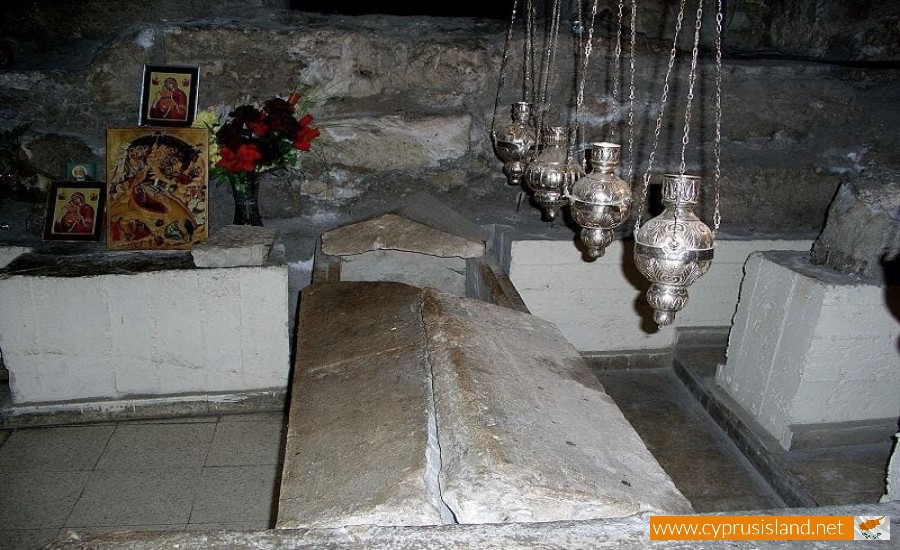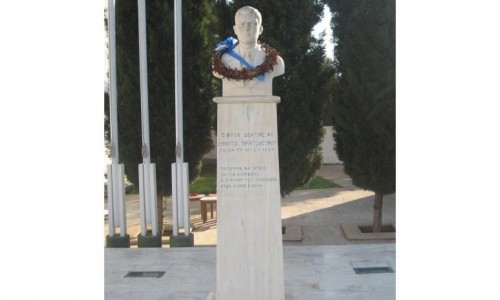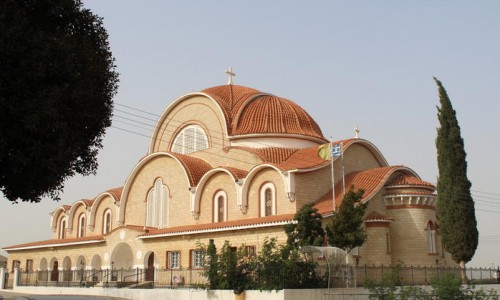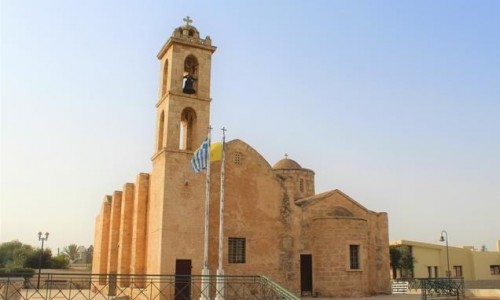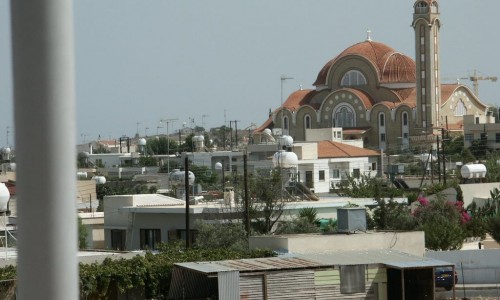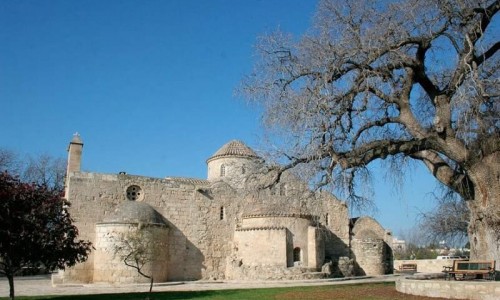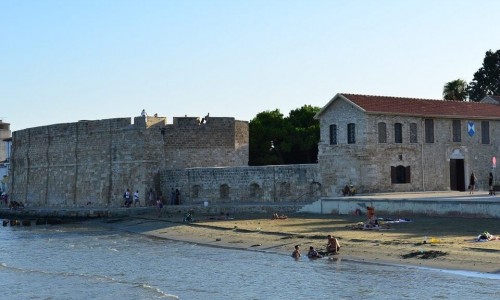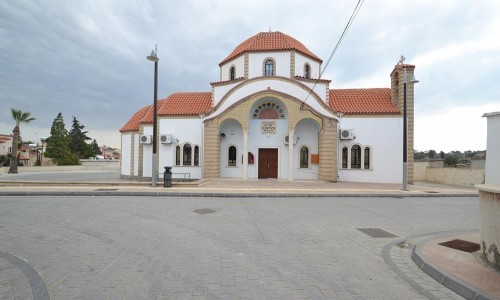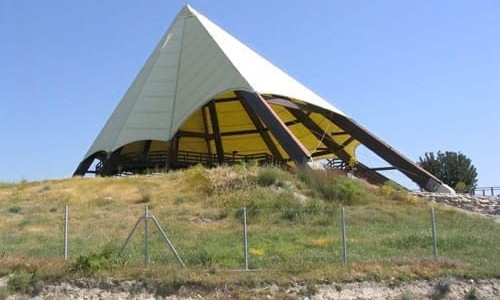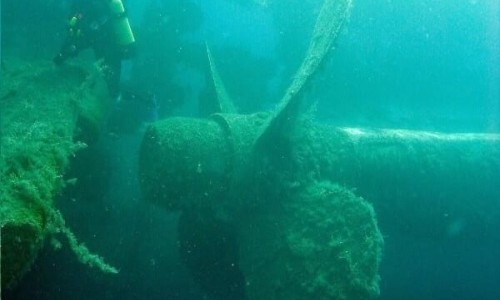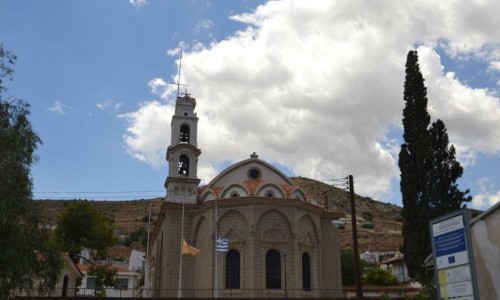Church of Saint Lazarus (Agios Lazaros), Larnaca
The Church of Saint Lazarus (Agios Lazaros) in Larnaca, Cyprus, stands as a testament to the island's rich tapestry of history, faith, and architectural splendor. Built in the late 9th century, this revered Orthodox church is intimately tied to the biblical figure Lazarus of Bethany, whom Jesus famously raised from the dead. According to Eastern Orthodox tradition, after his resurrection, Lazarus fled Judea due to threats against his life and settled in Cyprus, where he was appointed by Paul the Apostle and Barnabas as the first Bishop of Kition (modern-day Larnaca). He is said to have lived there for thirty more years and, upon his death, was buried in Larnaca.
The exact location of Lazarus's tomb was lost during the Arab rule beginning in 649 AD. However, in 890 AD, a tomb bearing the inscription "Lazarus, four days dead, friend of Christ" was discovered in Larnaca. In response, Byzantine Emperor Leo VI commissioned the construction of the Church of Saint Lazarus over this site. In 898 AD, the emperor had Lazarus's remains transferred to Constantinople, though some relics remained in Larnaca
Over the centuries, the church underwent various transformations. Under Frankish and Venetian rule (13th to 16th centuries), it became Roman Catholic, and a Gothic-style portico was added. During Ottoman rule starting in 1571, the church was converted into a mosque, leading to the destruction of its original domes and bell tower. In 1589, the Ottomans sold it back to the Orthodox Church, and it served both Orthodox and Catholic congregations for the next two centuries.
The Church of Saint Lazarus is a remarkable example of Byzantine architecture. Constructed primarily from limestone, the church measures approximately 31.5 by 14.5 meters. Its interior is divided into three aisles by bulky double pillars and arched openings, supporting the weight of the domes. The central aisle is topped with domes, while the north and south aisles feature semi-cylindrical roofs intersected by cross-vaults.
One of the church's most striking features is its baroque iconostasis, a richly carved wooden screen separating the nave from the sanctuary. Crafted between 1773 and 1782 by Chatzisavvas Taliadorou, it was later gold-plated between 1793 and 1797. The iconostasis showcases intricate woodcarving and houses several significant icons, some painted by Michael Proskynetes from Marathasa and completed by icon painter Hatzimichael in 1797.
Beneath the sanctuary lies the crypt believed to house the tomb of Saint Lazarus. Visitors can descend a staircase to view the marble sarcophagus associated with the saint. During restoration work in 1972, human remains were discovered in this sarcophagus and identified as part of Lazarus's relics, suggesting that not all his remains had been transferred to Constantinople.
The Church of Saint Lazarus holds immense religious significance for both locals and pilgrims. Each year, on Lazarus Saturday—eight days before Easter—a procession carries the icon of Saint Lazarus through the streets of Larnaca, commemorating his resurrection and role as the first Bishop of Kition.
The Church of Saint Lazarus stands as a beacon of spiritual heritage and architectural brilliance in Larnaca. Its rich history, from its 9th-century origins to its enduring religious traditions, offers visitors a profound glimpse into the island's past. Whether you're a pilgrim seeking spiritual connection or a history enthusiast exploring Cyprus's cultural landmarks, the Church of Saint Lazarus is a must-visit destination that encapsulates the enduring legacy of faith and resilience.
Location: Plateia Agiou Lazarou, Larnaka
Additional Information
- Operating period: All year round
- Operating hours: Monday to Friday: 08:00 - 12:30, 14:30 - 17:30 | Saturday, Sunday: 08:00 - 17:30
- Tel: +357 24 652 498


